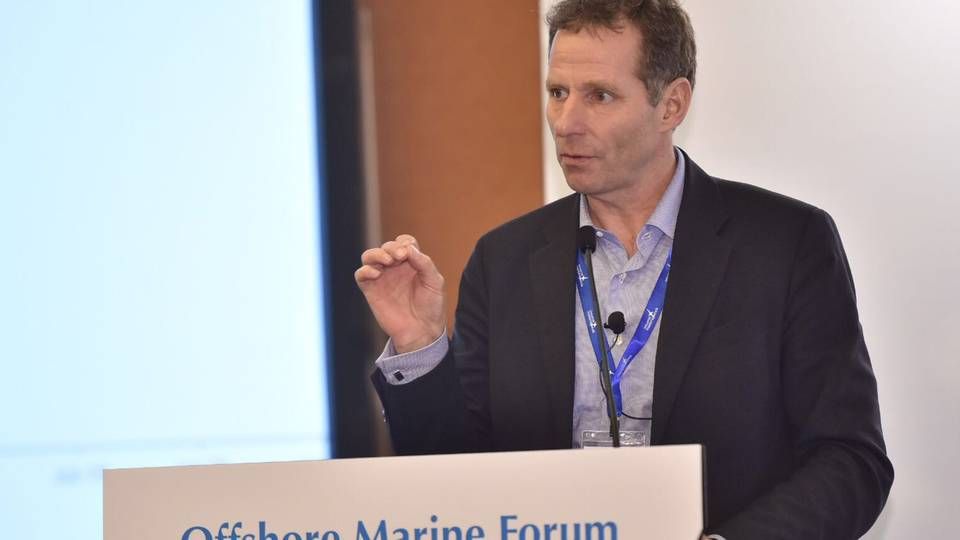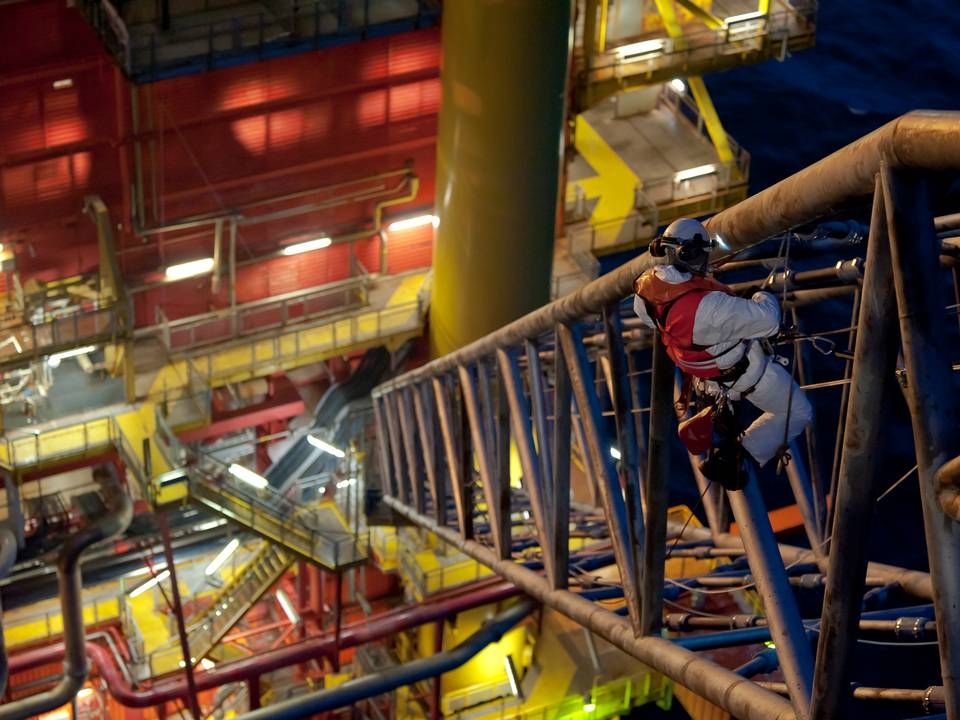Top analyst warns oil industry against scaling down too much

SINGAPORE
For five years, 100 employees at Rystad Energy have calculated and analyzed the energy market in general and oil prices in particular. And as such, managing partner Jarand Rystad is in no doubt that the crisis in the oil industry is just part of a completely normal cycle:
"If you look at the structural changes - for example as seen in car or battery production - and imagine the most aggressive growth rates, then there is still a very large demand for oil for many years ahead," explains Rystad, when ShippingWatch meets him at the Offshore Marine Forum at this year's Singapore Maritime Week.
He refers to the fact that all electric cars globally replaces just 0.01 percent of the oil consumption. Thus, the number of electric cars needs to 100-fold to have a small visible impact and that will take time, even if a few countries has seen strong growth, like in Norway where Tesla has a breakthrough. 22.5 percent of all sold car here was electric, while e.g. in US and Germany it was only 0.7 percent.
"It is not a completely green transformation, it is just a cycle. In fact, demand for oil has never been greater, so if you look at oil's competitiveness with the other energy sources, then oil is doing great! It is oil companies and their suppliers who aren't doing so well."
Although Rystad recognizes that the oil price is extremely low and painful at present for the participants at the conference, he is in no doubt that the industry will soon see a light at the end of the tunnel.
Four years before the oil price exceeds USD 100
Already towards the end of 2016, he predicts that oil prices will have risen to over USD 60 per barrel and thereby sit at 50 percent higher than today's price of USD 43.03 for a barrel of Brent. Meanwhile, those in the industry who miss the three-figure oil price should not have to wait too long:
"In 2020, the price will sit at around USD 105. And that is not because I am an optimist - I am a realist. Actually, our expectations often sit a little lower than those of other analysts," he says and emphasizes that it is therefore important that the industry does not scale itself back too heavily.
"This nervous and low oil price have given rise to the largest ever drop in investments. But if you scale down now, you risk a capacity limitation when the market improves again. There are far too few projects in the works right now, and it means, that the market risks going from overcapacity to undercapacity."
Hold on to workers
As ShippingWatch has previously reported, around 11,000 employees alone in the Norwegian oil industry have lost their jobs as a result of the oil price's dramatic drop. Rystad believes that this is a dangerous path for the industry to pursue:
"Oil companies as well as the oil supply sector are laying off too many workers at the moment. So when projects start up again, and there is a renewed need for, for example, engineers, the risk is that the costs get out of hand - as we saw in the period from 2004-2007 and again from 2010 - 2012. Next time it could easily become worse."
Wrapping up, the Norwegian rubs salt in the wound by adding that a cycle in the oil industry usually lasts about seven years. So the offshore industry may as well prepare for the next crisis - in 2023!
"Instead of mourning the next downturn, the industry should position itself in other segments of the shipping industry, or sustainable fishery or whatever they can use their skills for!"
Oil price sustained by Kuwait strikes
Maersk Oil struggling with weak acquisition market
Related articles
Oil price sustained by Kuwait strikes
For subscribers
Maersk Oil struggling with weak acquisition market
For subscribers
Norway's oil fund ditches 52 coal and mining companies
For subscribers





















